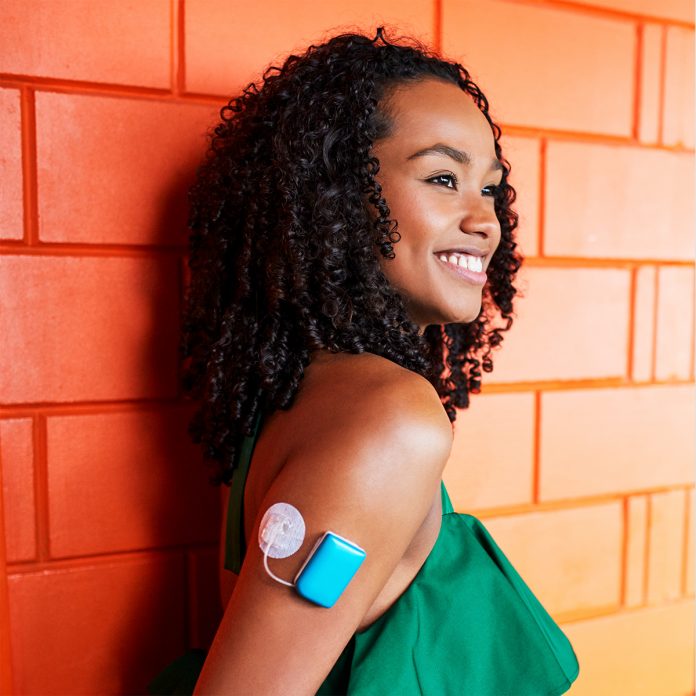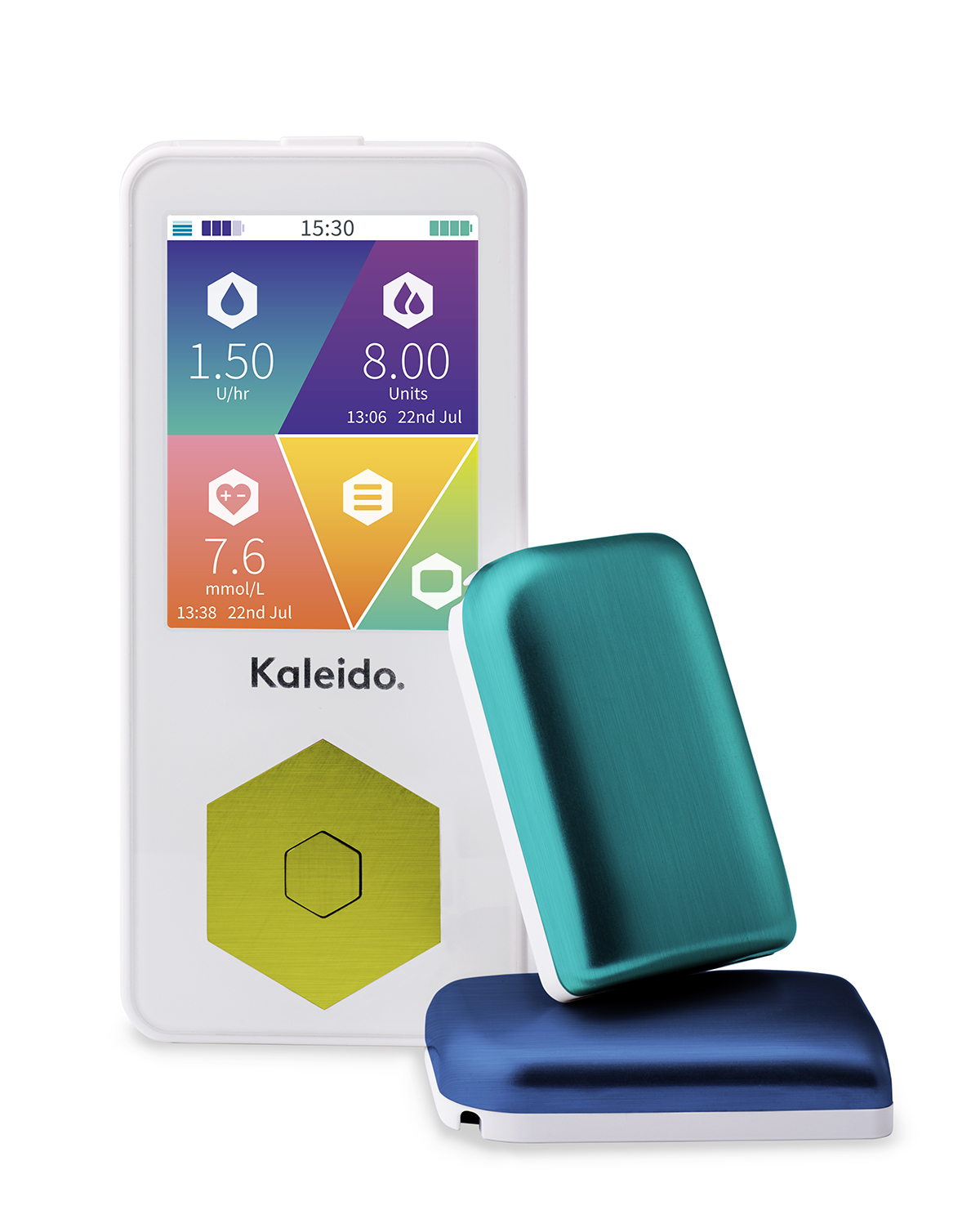Alex Evans, UK Country Manager for ViCentra B.V., discusses how insulin pump system Kaleido can provide solutions to reduce the practical and emotional burden of living with diabetes
ViCentra B.V. was founded in 2013 in Utrecht, the Netherlands, by two British engineers. The mission was to develop medical devices that appealed to people with diabetes, increasing therapeutic compliance – and therefore outcomes for people with diabetes.
ViCentra’s flagship device, Kaleido, is a colourful yet discreet insulin pump designed to be worn on the body for up to three days. Replacing multiple daily injections by delivering small amounts of rapid-acting insulin, Kaleido allows those with insulin-dependent diabetes greater user flexibility and increased control of blood sugar levels.1, 2
While comparable insulin pumps provide similar core benefits, Kaleido seeks to address the practical drawbacks that deter some people from considering insulin pump therapy. The size of a traditional insulin pump is similar to that of a male wallet and weighs approximately three ounces, making it necessary to carry the device in a pocket or clipped to a belt. Our research suggests that this can be particularly impractical for children or else simply undesirable, especially for women and teenagers.
Insulin delivery
In addition, insulin is usually delivered through a cannula attached to an insulin pump by tubing of 30-60cm in length. This often creates practical challenges for users – such as getting the tubing caught on door handles, securing the device while sleeping, or even using the toilet or shower without issue.
These seemingly innocuous but important factors are in some cases enough to prevent users from considering what is a life-enhancing device for those managing a complex chronic disease. Addressing this was — and remains — the focus of ViCentra’s mission. “We knew that insulin pump therapy offered real benefits to people with intensive insulin needs, but we could also see why many were not quick to take it up. We hope that Kaleido removes some of the barriers to insulin pumping and provides people with a new treatment option that better suits their needs,” explains Tim Oakes, co-founder and Chief Technical Officer at ViCentra.
The first step for ViCentra was to deviate from the established model of insulin delivery. Instead of the large stepper motors seen in alternative insulin pumps, Kaleido utilises simplified valve systems driven by a piston, resulting in two fundamental benefits. Firstly, overall size is greatly reduced, meaning the resulting smaller system can be attached to the user’s body using adhesive and controlled remotely by a Bluetooth-enabled handset. Secondly, the delivery of insulin is consistent.
Pump size
In addition to the aforementioned issues around pump size and length of tubing being solved, further advantages also became apparent. Placing Kaleido on the user’s body adds increased options for the location of the accompanying cannula. This allows for greater site rotation, generating less scar tissue and improved insulin absorption rates.3 Furthermore, with the increasing relevance of psychosocial factors in the management of diabetes, users no longer have to pull out a visibly medical device to take action. Rather, all treatment decisions can be actioned using a much smaller handset akin to a modern-day music device, enabling users to deliver insulin quickly and without attracting attention from others. These small, practical considerations are often of great emotional importance to users, with the potential to improve engagement with insulin pump therapy and therefore self-management outcomes.
Clinical advisor to ViCentra Dr Fred Storms observes: “Since the first time I engaged with ViCentra I could see they had a vision focused on user’s needs and to improve not only diabetes outcomes, but how people use and interact with diabetes technology.”
Initial phased launches in the Netherlands and UK over an 18-month period have seen more than 750 users adopt Kaleido as their insulin pump system of choice, with plans to extend to Germany in the near future. The aim is not only to offer the benefits of Kaleido to as many people with diabetes as possible but also to work to help further reduce the practical and emotional burden of living with diabetes.
“For people with diabetes, insulin delivery is just one part of an ecosystem of tools that are required to get through each day. At ViCentra we aim to bring as many of these tools together as possible, whether that be through strong partnerships or the future development of Kaleido,” states ViCentra’s CEO Frans Cromme. Work to this effect is already underway, as documented in a 2019 Lancet study on the Diabeloop system in real-life conditions.4 Following this study, ViCentra entered into partnership with the French company, enabling the use of Kaleido alongside Diabeloop’s innovative self-learning algorithm which closely mimics a healthy, functioning pancreas. The system works by continuously measuring glucose levels and making small, automated adjustments to insulin delivery, as necessary. The only time a user has to intervene is before meals and while exercising.
The results ultimately point towards improved outcomes for those living with diabetes. While real-world studies show that people with type 1 diabetes spend on average 50-60% of their day ‘in-range’ in regards to their blood sugar levels,5 the use of Kaleido in combination with Diabeloop resulted in a time in range of 70%, which is the recommended target for people with type 1 diabetes.
References
3 https://pmj.bmj.com/content/postgradmedj/80/950/732.full.pdf
4 https://www.thelancet.com/action/showPdf?pii=S2589-7500%2819%2930003-2
Please note: This is a commercial profile









